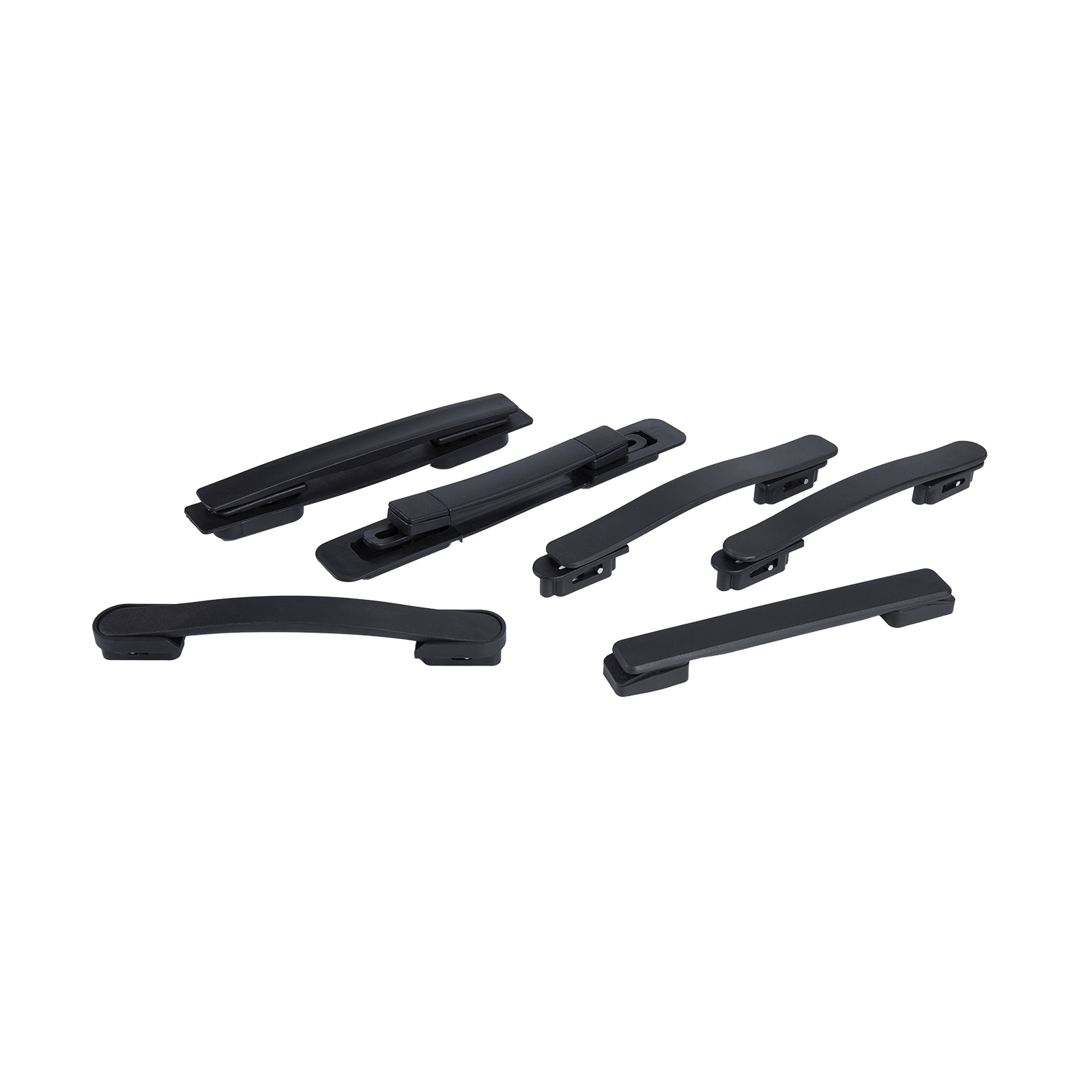Design Considerations for the Locking Mechanism of Telescopic Plastic Luggage Handles
Telescopic Structure and Locking Points:The design of the locking mechanism for telescopic plastic luggage handles typically involves several key aspects. The telescopic structure generally consists of an extendable rod and a fixed part, with the extendable rod able to slide within the fixed part. Specific locking points or slots are designed between the extendable rod and the fixed part to secure the rod in particular positions.
Locking Buttons and Springs:The locking mechanism usually includes one or more locking buttons connected to the extendable rod through springs or other elastic elements. When the user presses the locking button, the spring compresses, causing the button to move and allowing the extendable rod to slide within the fixed part. Upon releasing the button, the spring releases its elastic potential energy, returning the button to its original position, thereby locking the extendable rod in a specific slot or locking point.

Inclined Blocks and Positioning Posts:In some advanced designs, inclined blocks and positioning posts are used for more precise locking of the telescopic plastic luggage handle. When buttons on both sides of the handle are pressed, the inclined block acts on the positioning post, causing it to retract into the housing and allowing the extendable rod to move up and down. When the button is released, the inclined block no longer acts on the positioning post, which extends again under the action of the spring, securing the extendable rod in a predetermined position.
Adjustment and Adaptation:The locking mechanism of telescopic plastic luggage handles is typically designed with multiple locking points or slots to accommodate users of different heights and needs. Users can adjust the length of the extendable rod as required and secure it in the desired position using the locking mechanism.
Reliability:The choice of materials and structural design of the locking mechanism are crucial for its durability and reliability. Locking buttons and extendable rods are usually made from wear-resistant and corrosion-resistant materials to ensure long-term use without damage. The structural design also needs to consider stability and reliability to ensure that the extendable rod does not slip or unlock unexpectedly when in the locked state.
By combining components such as the telescopic structure, locking buttons, springs, inclined blocks, and positioning posts, the locking mechanism of telescopic plastic luggage handles achieves precise control and locking of the extendable rod's length and position. This design not only allows users to adjust the luggage handle height as needed but also ensures stability and safety during transport.




 Español
Español











